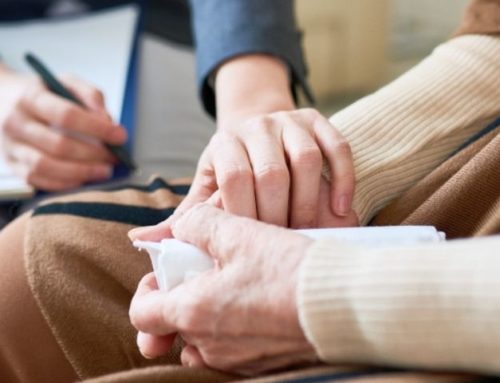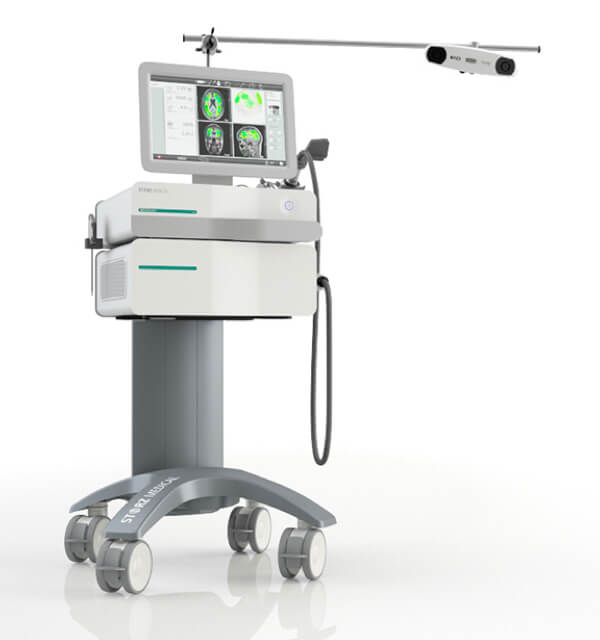A double-blind, randomized, sham-controlled study conducted by the Hong Kong Polytechnic University has now investigated whether the neuromodulation procedure transcranial pulse stimulation (TPS) can also be used as an additive therapy procedure for autism spectrum disorders as it is for Alzheimer’s disease and other neurological as well as neuropsychiatric disorders, which are being researched in terms of the mode of action and safety of TPS shock waves.
The aim of the study was to investigate the efficacy and tolerability of TPS in young adolescents with ASD and to analyze the effects of Transcranial Pulse Stimulation (TPS) on the right temporoparietal junction – a central point for social cognition processes in autism spectrum disorders. In addition, the relationship between TPS and executive and social skills was investigated.
In this double-blind, randomized, placebo-controlled study, 32 subjects (including 27 males) aged 12 to 17 years with autism spectrum disorder were screened. Based on the Childhood Autism Rating Scale screening score, eligible participants were assigned in a 1:1 ratio to either the true treatment group or the Transcranial Pulse Stimulation (TPS) control group. Sixteen subjects received six real TPS applications (energy level: 0.2-0.25 mJ/mm2; frequency: 2.5-4.0 Hz, 800 pulses per session) on alternate days spread over the two-week period. The remaining 16 subjects received sham pulse stimulation.
Primary outcome measures included parent-rated changes on the Childhood Autism Rating Scale from baseline to follow-up three months later. Secondary outcomes included a parent- answered self-report questionnaire and cognitive tests answered by participant:s. Licensed mental health professionals assessed overall clinical impression, including severity, improvements noted, efficacy, and summarized results in an overall rating.
Results showed significant interactions in the Childhood Autism Rating Scale and other secondary outcomes. Significant group and time effects were found for most secondary outcomes. In addition, significant differences were found between the group with true TPS applications and the group with sham TPS treatment in terms of improvement in Childhood Autism Rating Scale and Clinical Overall Impression and Total Score immediately after 2 weeks of Transcranial Pulse Stimulation (all P < 0.05). Effects were sustained at one-month and three-month follow-up compared with baseline.




